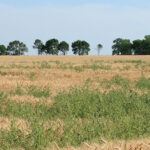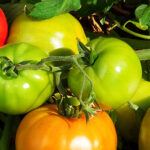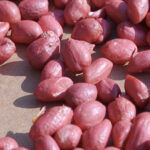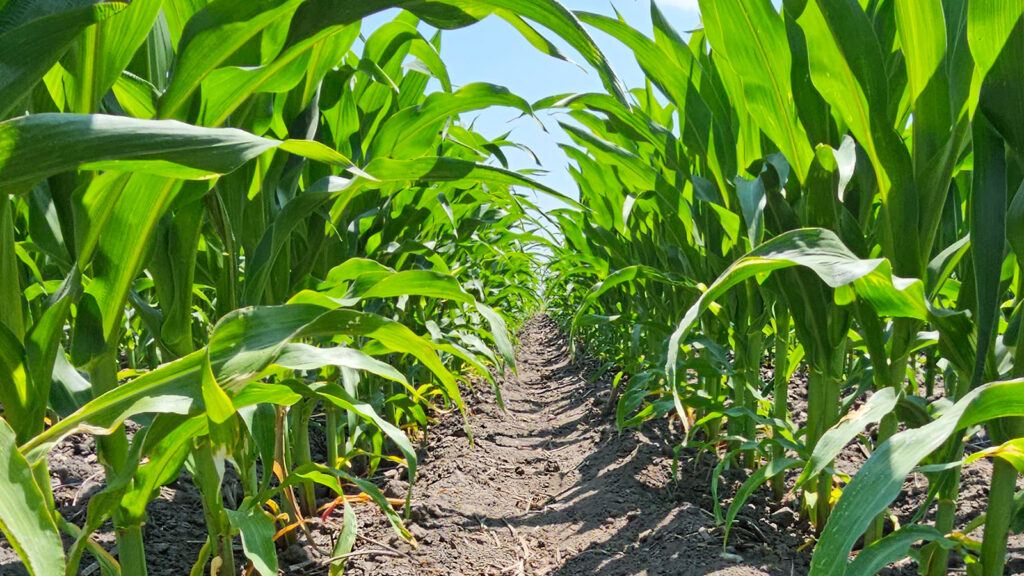Plan Ahead to Weather the Supply Chain Storm
The dynamic plans of Syngenta allowed it to navigate a stretched supply chain.

COVID-19 chucked a boulder into the global and local supply chain ponds, and the resulting waves will ripple outward for quite some time. With the surplus safety net gone, securing supplies last minute is no longer an option. Farmers, retailers and manufacturers who plan ahead and stay flexible are better situated to stay afloat until things settle.
“In just two years, as a country and industry, we’ve gone from essentially free-flowing supply of all materials to an environment where there’s a strained supply of many,” says Kevin Duhe, head of supply for Syngenta North America. “In the ag industry and even in our personal lives, we’ve seen — and will continue to see — longer lead times for ordering and receiving all sorts of goods.”
While suppliers of crop protection products fared better in the short term than those needing microchips, there’s still cause for long-term concern. Conditions in 2022 create an especially challenging situation for crop protection products.
Retailers and farmers will need to lean into their agronomic teams. Agronomists should be ready with recommendations that can help maximize a farmer’s return on investment through the best inputs available.
Find Balance
Farmers are faced with a careful balancing act in 2022. While input costs have risen substantially due to various factors, including inflation and exponential increases in transportation costs, strong commodity markets continue to offer profit opportunities.
These factors combine to drive increased demand for crop protection products. Growers must plan long-term to ensure the necessary products and tools are available to help them protect higher-than-normal investments, maximize yields and increase income potential.
When planning for crop protection purchases, growers should include a fluid assessment of current pricing, as experts believe inflation will continue accelerating through 2022. These factors contribute to pricing increases on products in most industries, including crop protection.
“Retailers and farmers will need to lean into their agronomic teams,” says Jeff Cecil, Syngenta head of crop protection marketing. “Agronomists should be ready with recommendations that can help maximize a farmer’s return on investment through the best inputs available. This includes where a farm will get the biggest benefit as they navigate increasing costs and potentially limited product availability.”
Consider Supply Chain Complexities
Syngenta is well-positioned to meet farmer needs, Duhe says. The company planned for larger supplies of its crop protection products for the 2022 growing season than in 2021, and all products in the portfolio should be available.
“We don’t have an unlimited supply, but we’re in a good spot,” Duhe says.
That’s not to say all products will be freely available all season. When there’s a shortage of a major product, such as the glyphosate shortfall Bayer announced, there is a domino effect on the supply chain. In this situation, demand for herbicides that work similarly increases, explains Mike Hollands, Syngenta head of global supply and operations.
Crop protection products are especially vulnerable to supply chain disruption for several reasons. For one, most require months to produce. Then, there’s the global travel time.
Crop protection product manufacturing spans the globe — with the early stages of the process sometimes starting in distant locations like China and India. Multiple stages require fabrication of chemicals, and manufacturers move products several times before they get to local formulation and packaging.
This complexity creates many potential pain points, especially since each product contains multiple components — chemicals, stabilizers, surfactants, colorants, plastic bottles, caps, labels, printer ink, glue, boxes and more.
“Not having any one of those components can delay or keep a product off the shelf,” Duhe says. “Everything might be done, and then the cap didn’t show up because the plant that produced it had to slow down due to COVID. That throws off the schedule by a week or more. Those situations aren’t easy to plan for, but that’s what we’re all adapting to — us, retailers and farmers.”
Have a Long-Term Plan
When the pandemic hit, those who had full pantries and freezers — maybe even a spare roll of toilet paper or two — were probably less stressed. The pantries at Syngenta were well-stocked, company leaders point out, thanks to years of strategic long-term planning.
“What positioned Syngenta so well to handle upheaval in the supply chain compared with other crop protection companies and industries is that long before any crisis hit, we formed long-term strategic collaborations across our entire supply chain,” Duhe says.
The company and its customers continue to realize benefits from its strategic planning as the world hopscotches from one supply chain disaster to the next, including a global pandemic, canal-blocking ships, clogged ports, power outages in China, and war.
Syngenta secured long-term contracts with guaranteed levels of service and supply end to end — from raw materials to packaging to transportation. And as a long-standing contracted partner, Syngenta has priority when orders continue to come in but supplies or space on transport run low.
One way Syngenta planned ahead for potential disruptions was locking in rates with partners. For example, Duhe says, Syngenta signed a long-term contract with global shipping titan Maersk years ago. Prior to 2020, the Maersk deal may not have looked so savvy to outsiders. However, it wound up cementing rates and securing a consistent supply of space on Maersk container ships during an unexpectedly turbulent time.
“Traditionally, spot market buys could sometimes be lower than the rate Syngenta secured by contract. But by 2020, costs had skyrocketed from $3,000 to $20,000 to get a shipping container from China to the United States,” Duhe says.
While companies needed to adjust even contractual rates with such a wild swing, Syngenta was positioned for capacity and cost benefits due to its long-term supplier relationships.
Track for Success
An innovative tracking system also helps Syngenta — literally in this case — navigate around supply chain issues. The company invested in a cutting-edge global online tracking and visibility platform that helps it assess where in the world its products are at all times, Duhe says.
“We have a global team with people who work around the clock in all time zones and constantly track our raw materials and products around the world,” he adds.
The real-time digital tracking and constant surveillance allow Syngenta to detect transit and supply problems sooner. When issues arise, it can redirect and adjust plans to keep things moving.
Even as the world optimistically looks for the pandemic to wind down, supply chain issues persist. Syngenta supply teams are doing their best to insulate farmers from feeling the effects, but it’s an ongoing battle. It will take time to work through global supply chain backlogs. Cecil and Duhe point out that careful planning and contingency plans are always good business strategies. They’re even more critical now.
- Constrained supply of crop protection products will continue through at least 2022.
- Strategic planning prior to the pandemic gave Syngenta and its customers more reliable supply.
- Growers should work with local retailers and Syngenta agronomists to plan for adequate supplies.























